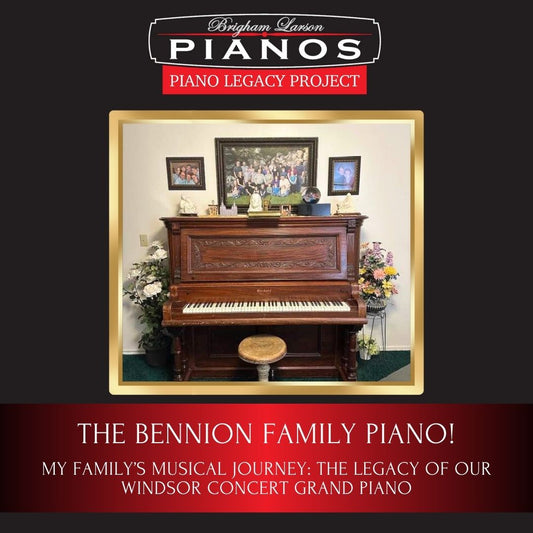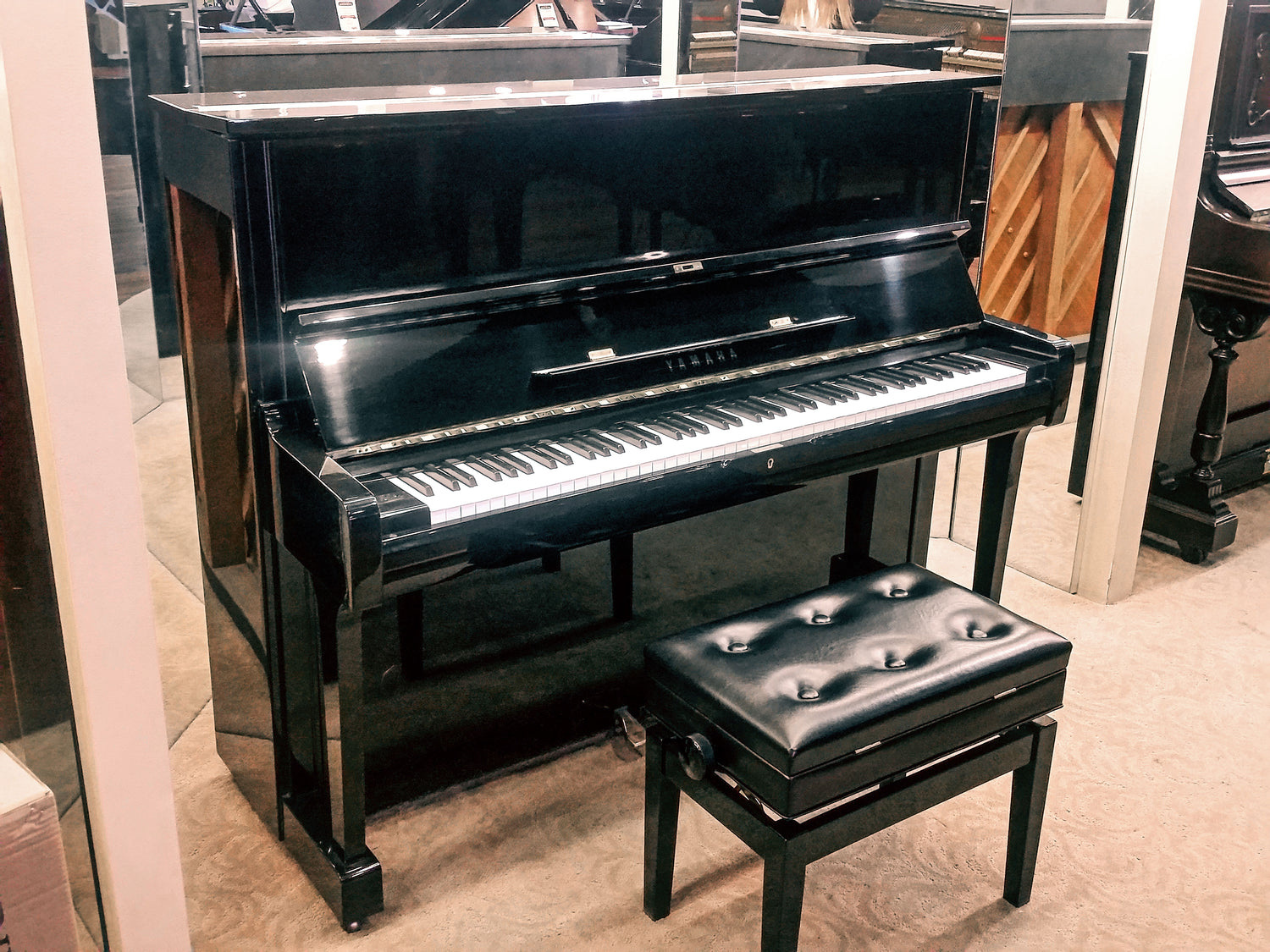
What Kindermusik Music Class is Right for My Young Child?
Karmel LarsonShare
Please read this wonderful information organized by some of our fellow Kindermusik educators. Not only can you discover what class is right for you, read the details about those typical and specific milestones you can look for in your child's development from birth through age 7. For class information and schedules please visit Kindermusik at Utah Piano Conservatory.
"The Kindermusik philosophy springs from genuine respect for each child’s individual rate of development. Class activities and @home Parent Guides are designed to honor, support and celebrate the wonderful uniqueness of each child. Classes have overlapping age ranges to help parents accommodate their child’s own needs."
The suggested ages for Kindermusik curricula are
Cuddle & Bounce: 0’s and 1’s
Sing & Play: 1’s and 2’s
Wiggle & Grow: 2’s and 3’s
Laugh & Learn: 3’s and 4’s
Young Child: 4’s and 5’s
While looking over this information carefully consider the following:
Which of these levels will my child thrive in, rather than just being able to get along in?
Am I considering my child’s pleasure and emotional development as much as their cognitive development?
Is my child eager for added independence and challenges, or are they most delighted by sharing special time with me to help guide and support them?
Moving from Cuddle & Bounce to Sing & Play
Children ready for Sing & Play show many of the following characteristics:
Physical
Has taken his/her first steps and is gaining confidence when walking
Increasing ability to purposefully manipulate objects (ex: shaking eggs, tapping a drum)
Cognitive
Explores cause/effect relationships by pushing, pulling, and throwing objects
Is learning to use toys and objects in symbolic ways, including enjoyment of sensory properties
Can interact in a directed activity
Connects to an activity; participates a play sequence
Frequently responds to own name by looking at person speaking
Emotional
Beginning to use gestures and language to deal with frustration, as apposed to just crying or whining
May experience separation anxiety when caregiver is out of sight
Language
Language is emerging, sometimes able to express wants and needs symbolically (gestures, words)
Is beginning to use meaningful language (spoken or sign) to express needs and wants
Reads with caregiver cooperatively. Enjoys books even if caregiver is just labeling the pictures on a page.
Social
Is interested in what other children are doing
May be very social and outgoing but reserved around strangers or new situations
Musical
Recognizes music vs. silence (reacts when a song is sung and stopped before the end of the song)
Moving from Sing & Play to Wiggle & Grow
Children ready for Wiggle & Grow show many of the following characteristics:
Physical
Improved walking skills, feet are together, knees flexible vs. the “just walker” who has a wide-based legs apart gate with locked knees
Beginning to imitate/explore a variety of traveling movements —run, jump, leap
Cognitive
Can reliably point to correctly identified body parts
Can follow two-step direction
Understands what “one” means vs. a handful
Is learning to use toys and objects in symbolic ways, moving beyond just enjoyment of sensory properties
Can interact in a directed activity
Is able to shift attention with transition
Connects to an activity; initiates a play sequence
Reliably responds to own name, referring to self by name in secure environments
Emotional
Uses gestures and language to deal with frustration, as apposed to just crying or whining
Sustains interest and attention in activity for several minutes (Note: not wanting to give something up such as bells or sticks, can be a sign of maturation)
Language
Can express wants and needs symbolically (gestures, words)
Has vocabulary of 20 words; receptive language is still stronger than expressive
Reads with caregiver cooperatively. Can select a book, sit, relate to the story and interact.
Social
Is interested in what other children are doing
Is capable of distal communication, such as following verbal instructions from farther away
Musical
Moves to music, perhaps to steady beat
Moving from Wiggle & Grow to Laugh & Learn
Children ready for Laugh & Learn show many of the following characteristics:
Physical
Has a taller, thinner, adult-like appearance
Balances on one foot; jumps in place without falling
Holds crayons in pincher grasp rather than fist
Cognitive
Knows if he/she is a boy or girl
Can do matching games
Knows some basic shapes and colors
Has developing divergent thinking skills (“What animals do you like?”)
Is beginning transition from concrete to abstract thinking; humor aids this process
Sits and listens to stories for up to 10 minutes
Emotional
Recognizes needs of another person; can be empathetic
Separates from parent without crying
Shows development of humor
Language
Is beginning to master rules of language; speaks in full sentences (4-5 words); asks questions
Has a vocabulary that increases from 300-1,000 words
Can relate a series of activities; tells stories (“We went to the grocery store, then to grandma’s and I played with the kittens.”)
Social
Recognizes the needs of others
Turn taking becomes harder than earlier, but beginning to understand reasons
Is learning about patience
Musical
Recites rhymes
Sings simple, whole songs
Moving from Laugh & Learn to Young Child
Children ready for Move & Grove show many of the following characteristics:
Physical
Can jump forward many times in a row, hops, gallops, is learning to skip
Demonstrates control of pencil or marker
Cognitive
Is eager to learn
Has developed classification skills (i.e. can sort things that have a single common feature) and can sort by size, color and form
Counts to 20; recognizes numerals 1-10
Recognizes some letters of the alphabet
Emotional
Has emerging and developing impulse control
Exhibits self-confidence and reliability
Has a growing sense of right and wrong
Is beginning to see things from other’s perspective
Language
Speech is nearly 100% intelligible (exceptions may include children with hearing and language delay)
Uses grammar correctly, including past and future tense
Social
Enjoys friendships and group activities
Shares, takes turns, plays cooperatively
Is affectionate and caring
Follows directions
Musical
Sings a whole song
Begins to match pitches consistently
Is developing the ability to match to group steady beat.











